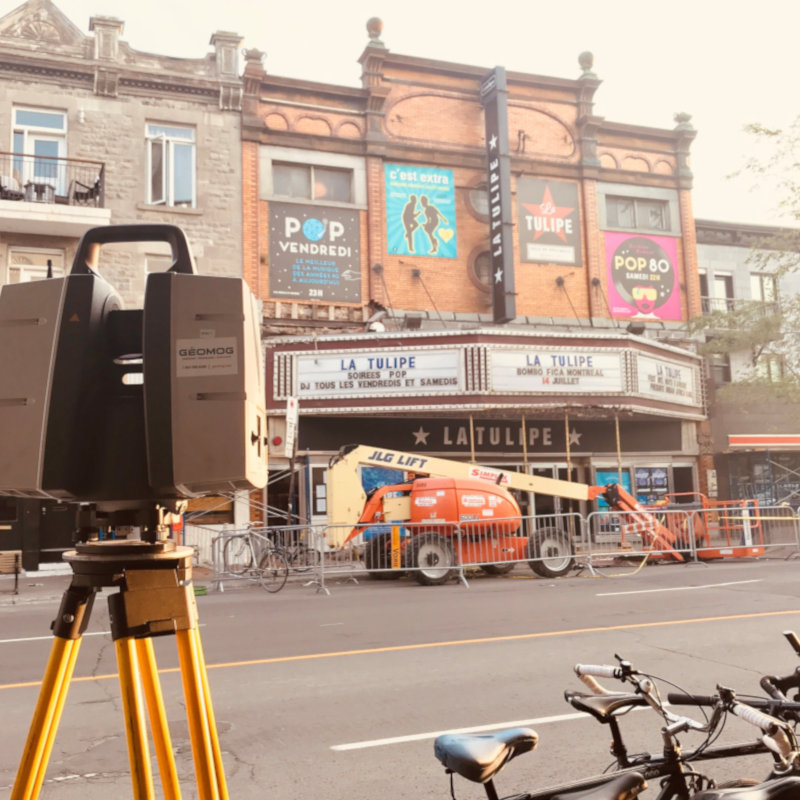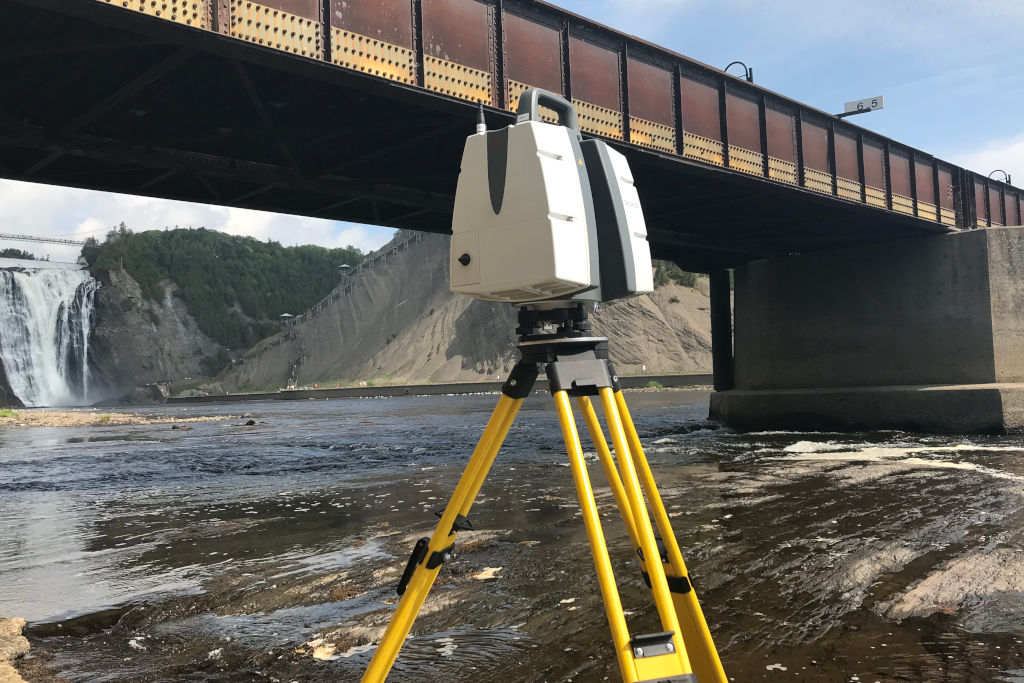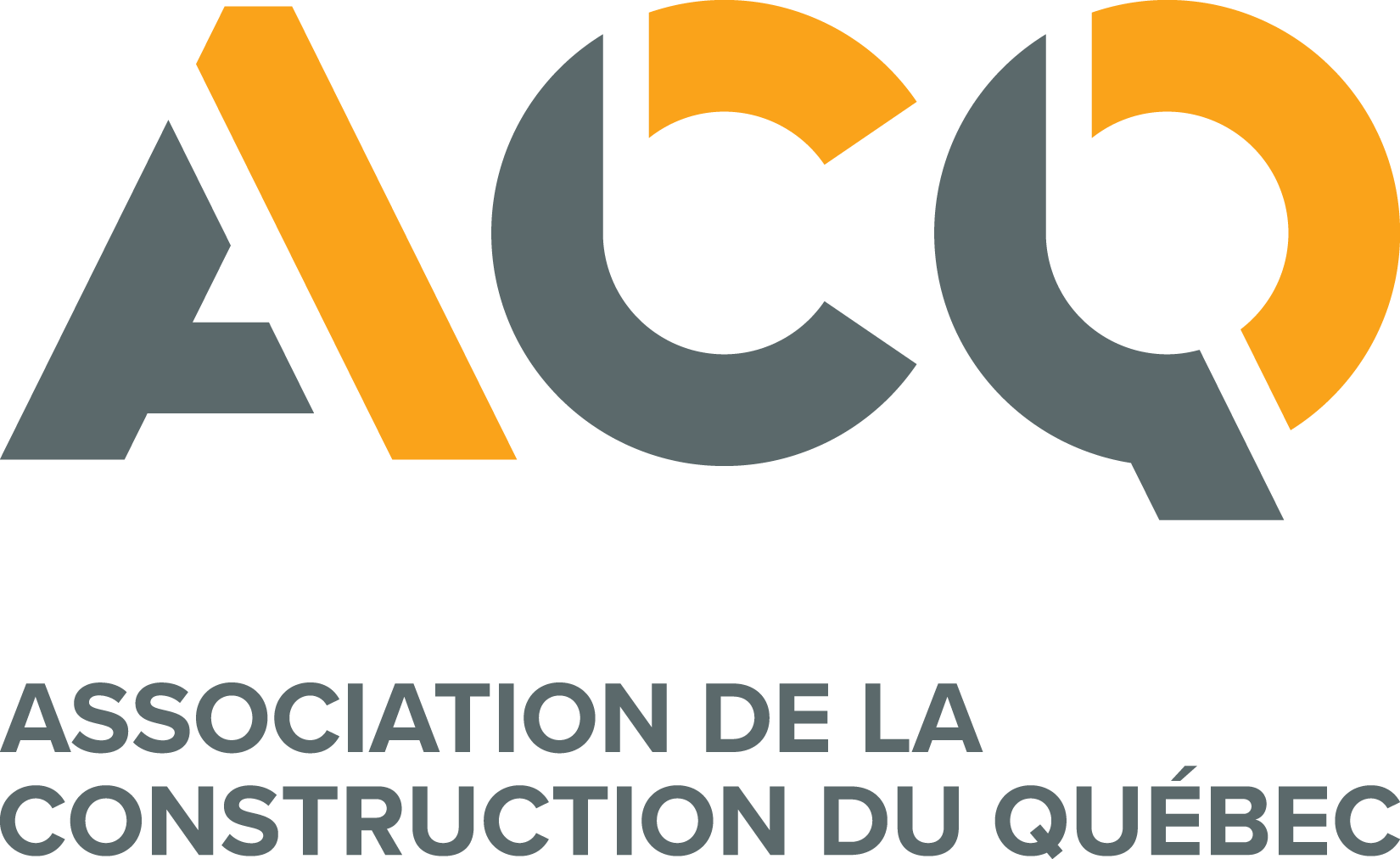

Heritage and Arts
The many uses of 3D scanning have led to a revolution in many fields, including archaeology, heritage conservation and the arts. The high accuracy and level of detail achieved by 3D scanners allows a high quality image of any object. After taking measurements and creating point clouds, we process the collected data to create a digital 3D model of the object and document the features.
3D scanning of a work of art or heritage site allows cultural heritage to be protected and shared more easily. Géomog has a fast and non-intrusive scanning technique. All measurements are taken remotely, which avoids degradation of the work. Here are some possible applications of 3D scanning:
- Reproduction of works of art
- Mapping of masonry elements
- Digitisation of archaeological excavations
- Modelling of art objects
- Production of plans of old buildings (churches, fortifications, etc.)


The benefits of 3D scanning
- Easy sharing of data: Thanks to 3D scanning, information can be shared and validated more easily and quickly. It allows for efficient monitoring of archaeological excavations.
- Accuracy: 3D scanning offers a high degree of detail and accuracy. In addition, all measurements are taken remotely, safely and non-invasively.
- Digital efficiency: 3D scanning creates a digitised image of unique objects and structures with full spatial and colour information. No matter how complex and irregular the object or structure, the 3D scanner generates a high-resolution image. All details are captured with an accuracy unmatched by traditional techniques.
- Visualisation: In addition to recording and archiving data about a structure or object, the results of a 3D scanning can be used for marketing purposes. Several visual elements can be created, such as promotional videos, guided tours, online catalogues, etc.

Contact us
now!



